Namsangol Hangawi Festival Samsamorak (남산골 한가위축제 삼삼오락)
4.5Km 2024-10-02
28 Toegye-ro 34-gil, Jung-gu, Seoul
+82-2-6358-5533
Namsangol Hangawi Festival Samsamorak is a traditional culture event that takes place every year during the Chuseok holiday period. Through the festival, visitors of all ages and nationalities can enjoy various culture programs for free at Namsangol Hanok Village in the heart of Seoul.
World Pansori Festival (월드판소리페스티벌)
4.5Km 2025-07-30
28 Toegye-ro 34-gil, Jung-gu, Seoul
+82-2-904-2835
World Pansori Festival is an international music festival that aims to promote pansori, the traditional Korean epic chant, and its values. The festival consists of a variety of performances and concert programs based on its yearly theme. In addition, the festival also has interactive activities for the attendees, such as a free pansori lesson and arts-and-crafts, to make pansori and traditional Korean music more accessible to the public.
Didim Saenggogichon Gamjatang(디딤생고기촌감자탕)
4.5Km 2021-04-19
11, Dangsan-ro, 41-gil, Yeongdeungpo-gu, Seoul
+82-2-6268-9000
It is a soup made by boiling various vegetables and pork backbone. This restaurant's signature menu is pork back-bone stew. This Korean dishes restaurant is located in Yeongdeungpo-gu, Seoul.
Chungmuro Jjukkumi Bulgogi (충무로 쭈꾸미 불고기)
4.5Km 2024-03-11
11, Toegye-ro 31-gil, Jung-gu, Seoul
+82-2-2279-0803
Opened in 1976, Chungmuro Jjukkumi Bulgogi is Michelin-starred restaurant. Their signature dish is jjukkumi (webfoot octopus), which is marinated in hot seasoning using traditional know-how. Grilled over charcoal with pen shells, it offers a perfect dish. The spicy and sweet jjukkumi goes well with the bean sprout soup. When you're done eating, fry up some rice and enjoy a delicious meal.
Yeontabal Jongro(연타발 종로)
4.5Km 2020-11-19
19, Samil-daero, 15-gil, Jongno-gu, Seoul
+82-2-720-9263
A restaurant where you can enjoy the highest-quality Korean beef. The most famous menu is grilled Korean beef rib eye steak. A barbecue specialty restaurant located in Jongno, Seoul.
Sonjung Bossam (손정보쌈)
4.5Km 2025-07-25
24 Samil-daero 15-gil, Jongno-gu, Seoul
Sonjung Bossam offers dishes with a modern touch by reinterpreting traditional meals. Passed down for three generations, this restaurant values sincerity and careful attention in food making in order to serve every customer a heartwarming meal. Sonjung Bossam's signature dish Premium Gabri Bossam takes only the rarest pork cut, the blade-end fatback called "gabri" in Korean, and boils the meat using the restaurant's secret recipe for tender, juicy meat. The restaurant also serves their own special version of spicy stir-fried fish roe and intestines and haemultang (spicy seafood stew), boasting a generous amount of various seafood and rich broth. All meals are prepared wholeheartedly as if they are being served to a family.
Gayaseong (가야성)
4.5Km 2021-03-26
6, Eulji-ro 9-gil, Jung-gu, Seoul
+82-2-2267-3939
It is a popular store among office workers in Euljiro. This Korean dishes restaurant is located in Jung-gu, Seoul. The representative menu is noodles in black bean sauce.
YELLOW MUG (옐로우머그)
4.5Km 2021-03-25
172, Dangsan-ro, Yeongdeungpo-gu, Seoul
+82-2-2635-2228
This is a place where you can enjoy pour over coffee. This restaurant's signature menu is americano. This cafe is located in Yeongdeungpo-gu, Seoul.
Gwanghwamun Gate (광화문)
4.5Km 2024-12-04
161 Sajik-ro, Jongno-gu, Seoul
+82-2-3700-3900
Built in 1395 under the reign of King Taejo, the first king of the Joseon dynasty, Gwanghwamun Gate is the southern gate of Gyeongbokgung Palace. It is also the main gate of the palace, therefore larger and fancier in comparison to the other gates. Gwanghwamun Gate consists of three arched gates; the center gate was used by the king, while the other two were used by the crown prince and royal officials. The tall granite walls of the gate serve as a platform for the wooden gate tower that watches over the city. The gate has a sign with its name written at the top center of the gate tower.
Gwanghwamun Gate went through several damages and restorations over the course of history. It was first severely damaged during the Imjin War (1592-1598) and was not restored until the reconstruction of Gyeongbokgung Palace in 1864. Under the Japanese administration, the gate was demolished and relocated to the north of the palace's eastern gate, followed by series of damages during the Korean War (1950-1953). In 1968, Gwanghwamun Gate was relocated back to the south of the palace and was rebuilt using concrete; however, the gate’s position was shifted a few meters away from its original location. In 2006, a major reconstruction project took place to restore Gwanghwamun Gate to its original state and location, disassembling the structure completely and replacing concrete with granite and wood. After three years and eight months of construction, Gwanghwamun Gate was fully restored to its original form and was open to the public on August 15, 2010.
CheongKwanJang - Jonggak Station Branch [Tax Refund Shop] (정관장 종각역)
4.5Km 2024-04-22
#102, 95, Sambong-ro, Jongno-gu, Seoul
-
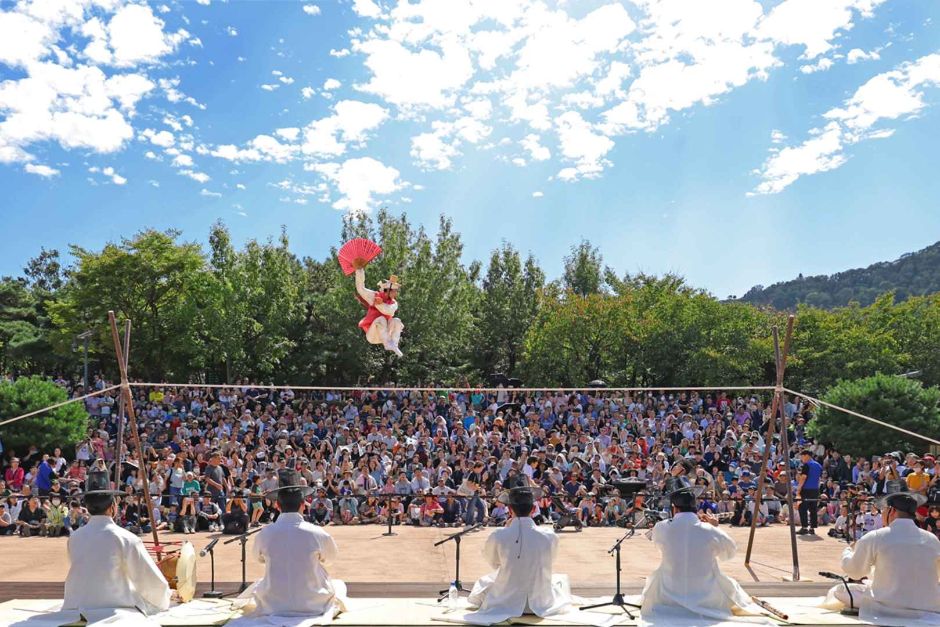
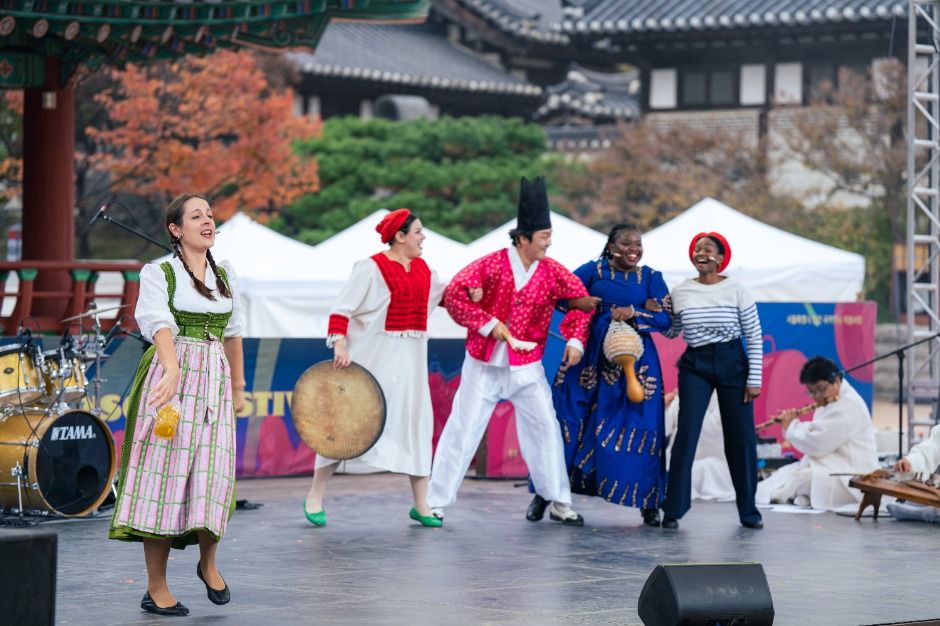
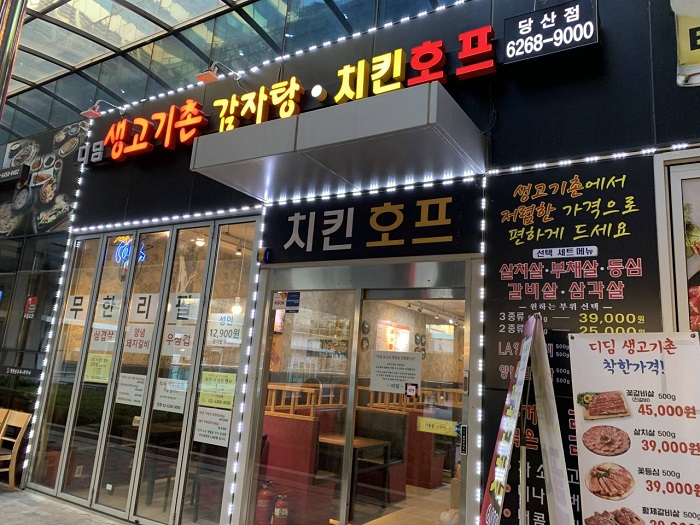

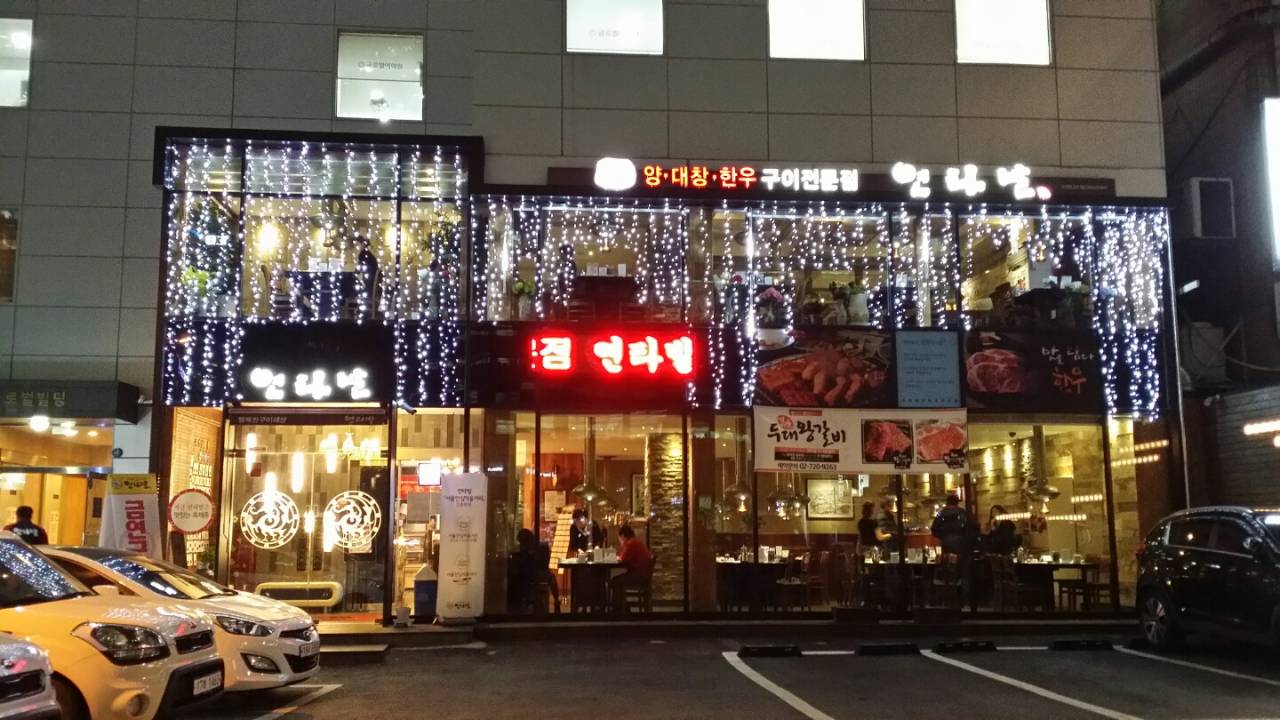
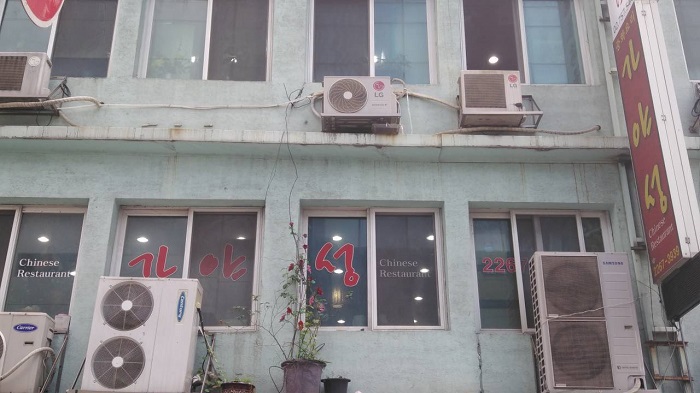
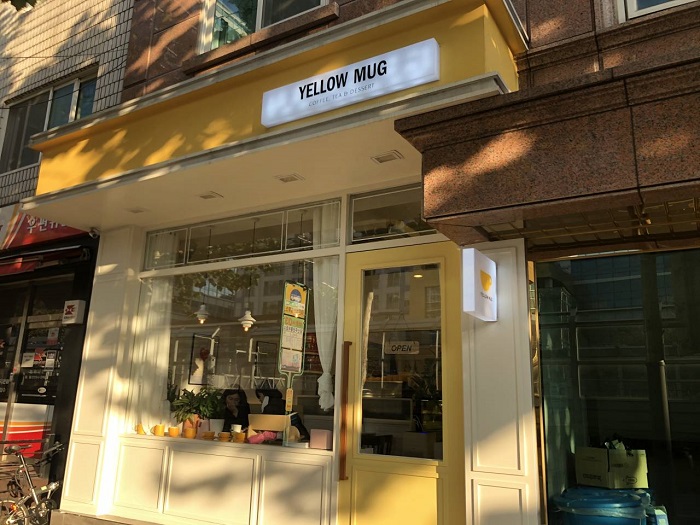
![CheongKwanJang - Jonggak Station Branch [Tax Refund Shop] (정관장 종각역)](http://tong.visitkorea.or.kr/cms/resource/13/2878213_image2_1.jpg)
 English
English
 한국어
한국어 日本語
日本語 中文(简体)
中文(简体) Deutsch
Deutsch Français
Français Español
Español Русский
Русский